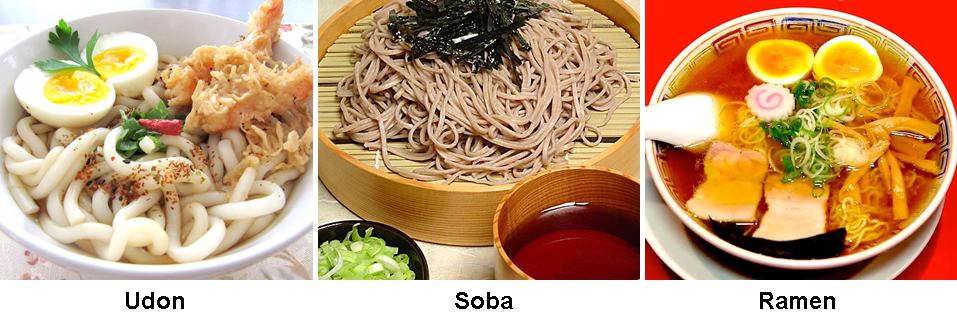
Granted, ‘Udon, Soba & Ramen’ sounds like a law firm based in Yokohama.
Actually, these are the three most common forms of noodles here in Japan, and are among the staples of the healthy diet of this country.

My history with ‘noodles’ is pretty sketchy. My mom used to serve me chicken noodle soup, typically Campbell’s Chicken Noodle Soup. I tried to smile and show my gratitude but I’ve never forgiven her for serving me this slop in a can.
I’m now recalling the name of the character Robert De Niro played in one of my favorite gangland movies, Once Upon a Time in America. Yes, It was ‘Noodles’.
Hmm . . . let’s see. I used to eat buttered egg noodles for lunch sometimes.
There you have it. A lifetime noodling around. Until I arrived here.
Like everything here in Japan, the science and art of noodle-making has been perfected to the highest possible level.

There is, for example, a whole prefecture — a prefecture is the equivalent of a state in the U.S. or a province in Canada — devoted to creating the finest udon in the Universe. It’s called Kagawa Prefecture. I’ve been there! There are hundreds of udon restaurants, and you can watch them make noodles from scratch as you sit there waiting for your meal. They make dough, roll it, cut it, then toss it into boiling water. You can’t get udon any fresher than that!
Udon (うどん) is a thick wheat-flour noodle, served in a very basic broth. The slippery texture makes it enormously fun to eat. The toppings are a real bonus. They include varieties of tempura, soft- or hard-boiled eggs, fish paste, fish cakes, shrimp, with the whole affair then sprinkled to taste with chopped scallions. We eat udon at least once a week. A real treat is to serve a basic udon generously blended with Japanese curry.
Soba (蕎麦) is made from buckwheat flour and despite the name, buckwheat bears no relation to wheat. It’s made from grinding the seeds of Fagopyrum esculentum, a plant which is not a grass like wheat is. It took me a while to develop a taste for buckwheat. I had tried buckwheat pancakes in the U.S. and thought they were odd, certainly not at all an improvement on regular pancakes. Slowly here in Japan I’ve grown to enjoy the unique flavor of buckwheat and soba itself.
Most soba restaurants seem to be more traditional institutions, so the dining experience embraces atmospherics as well tongue tantalizing. My wife really loves soba, so at least once a month we go to her favorite restaurant tucked away on a country road in the middle of nowhere.
If you happen to go to this place, I’m sure you’ll be as amazed as I always am that anyone can find it. But there’s always a line at the door of expectant soba-aficionados eager to get their fix.
Ramen (ラーメン) is the least healthy of the three. Lots and lots of grease. Which means it tastes great! It’s based on Chinese wheat noodles, a meat or fish broth — usually it’s pork — and like udon is garnished with all sorts of yummy ingredients. Slices of butaniku (pork) are very common. Some people dump in tons of garlic or green onions, or peppery spices. Many regions of Japan have their own distinctive version of ramen. For example, tonkotsu is the ramen unique to Kyushu and miso ramen that of Hokkaido.

Ramen and people’s devotion to it sometimes have religious or cult overtones. This was beautifully captured in a very funny comedic film called The Ramen Girl, about an American lass who is stranded in Tokyo after breaking up with her boyfriend, and apprentices to a ramen master to get her life back together. I highly recommend it!
(Disclaimer: This movie has no transgender CIA assassins who side-by-side with comic book superheroes attempt to defeat an invading swarm of 6-dimensional extraterrestrial nano-spiders. But it’s still outstanding!)
There you have it. Come to Japan. Join in on the fun.
Or if you’re already here, you know . . . the Japanese take noodles very seriously!


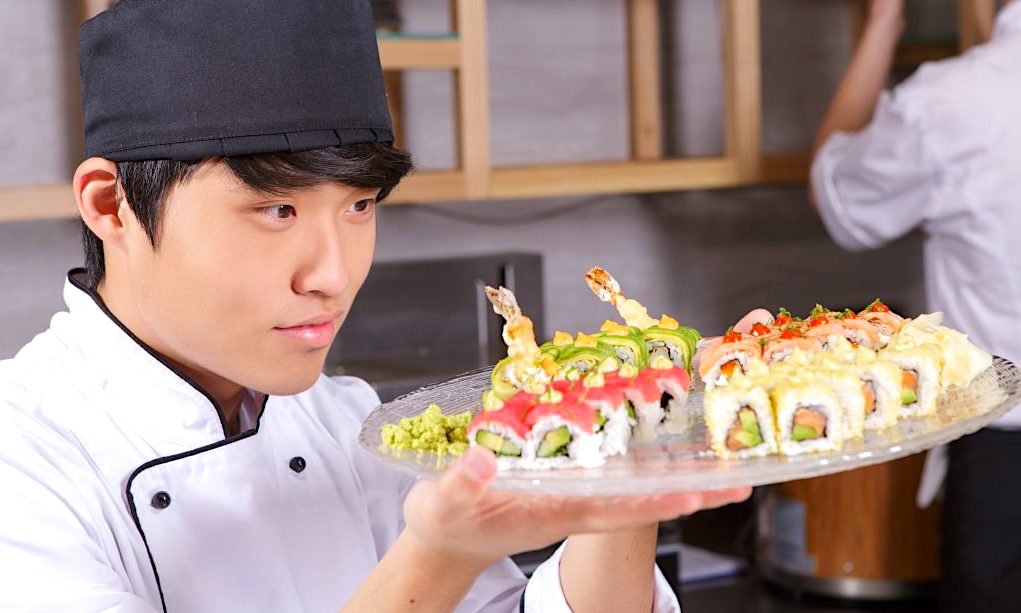
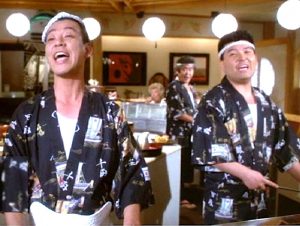

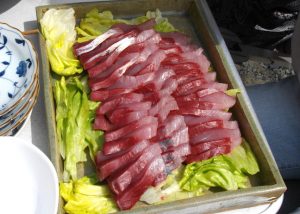



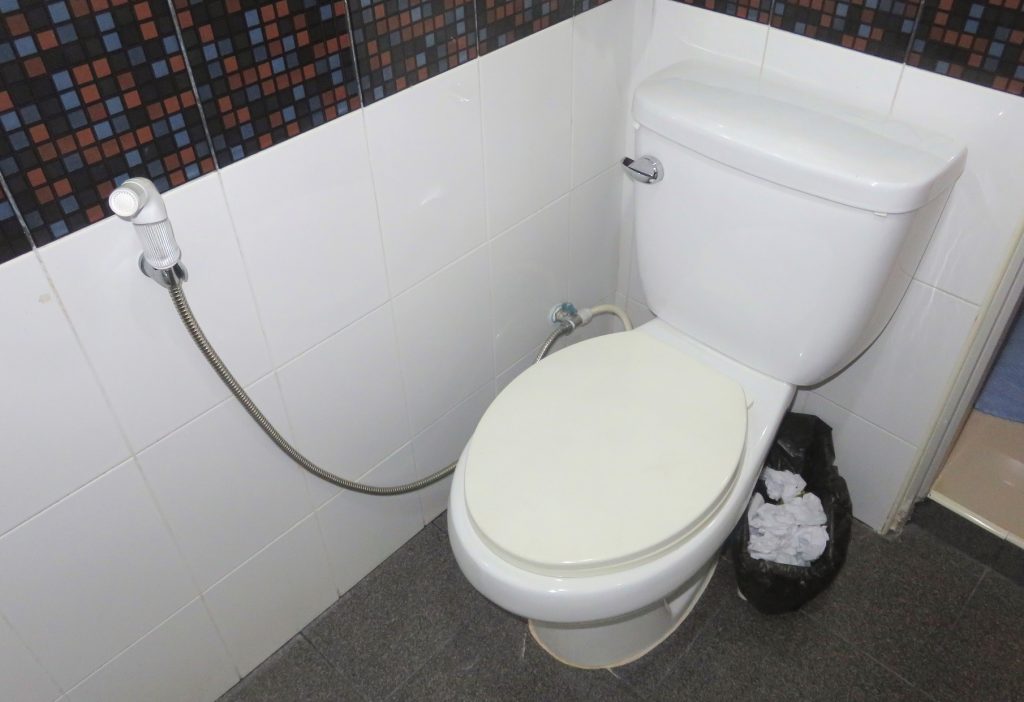


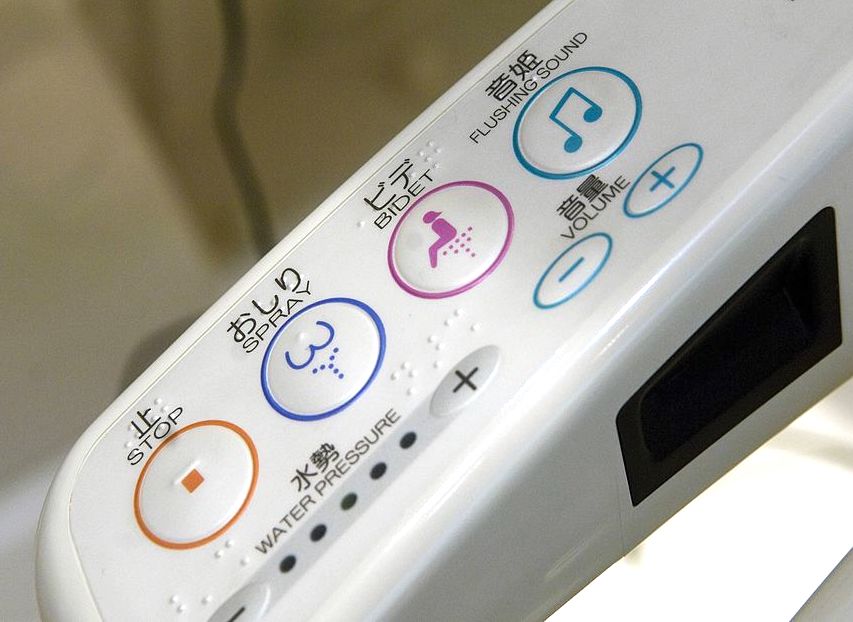

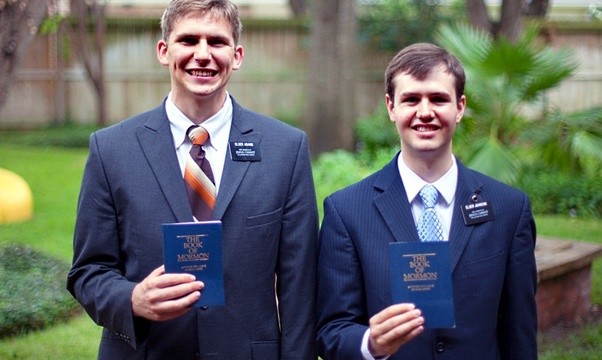
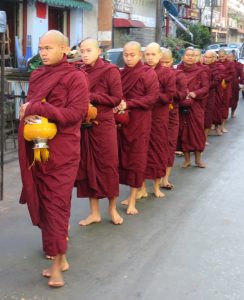
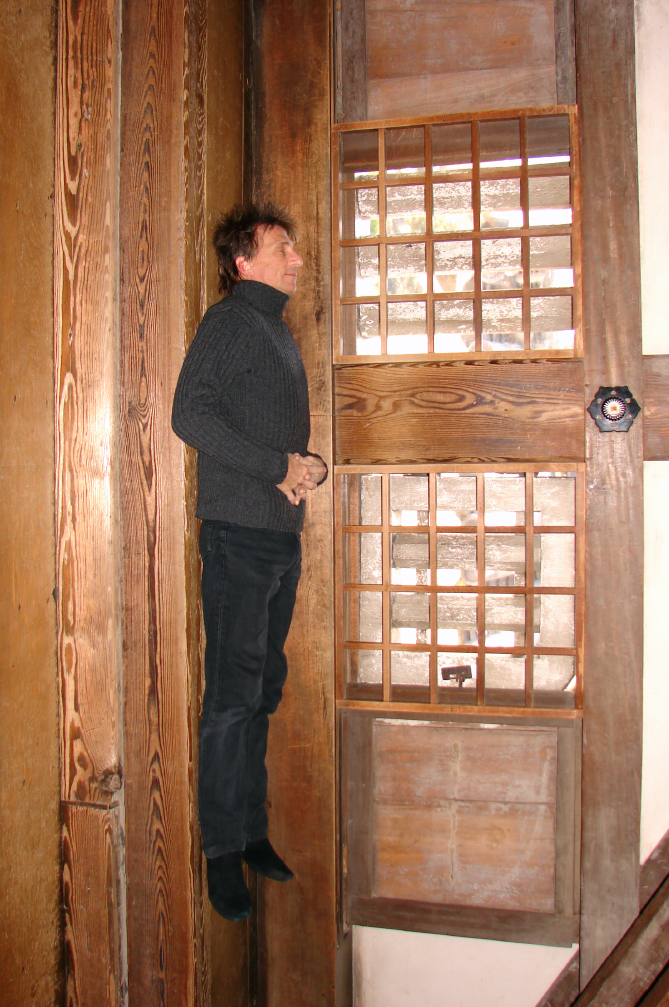






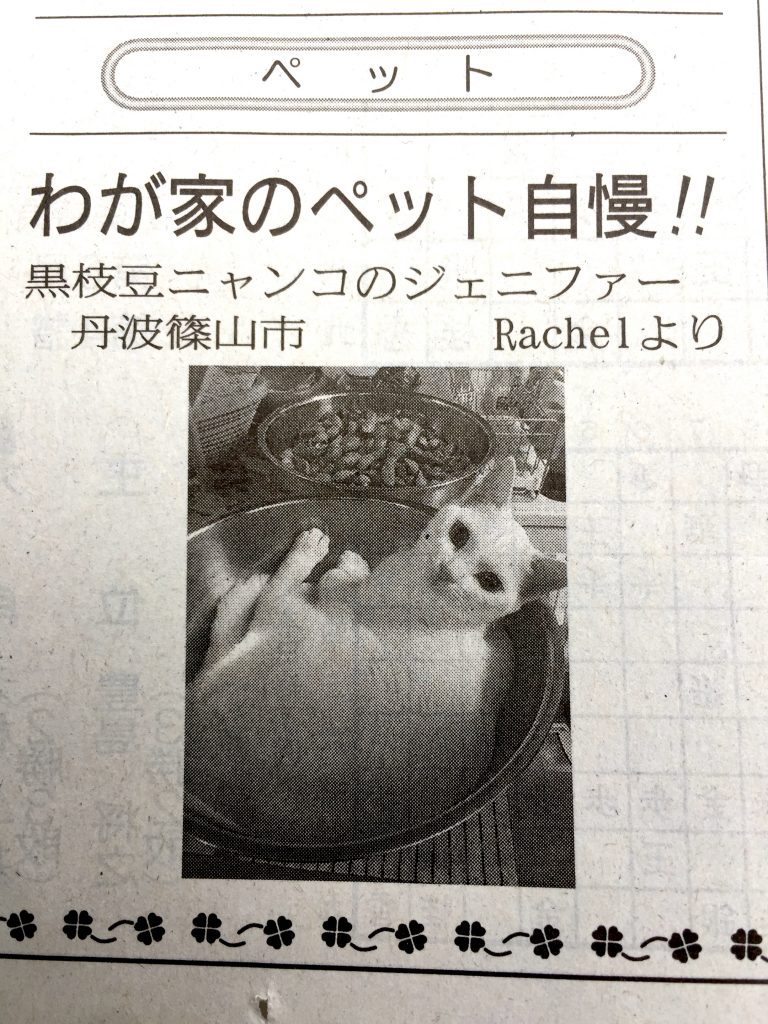

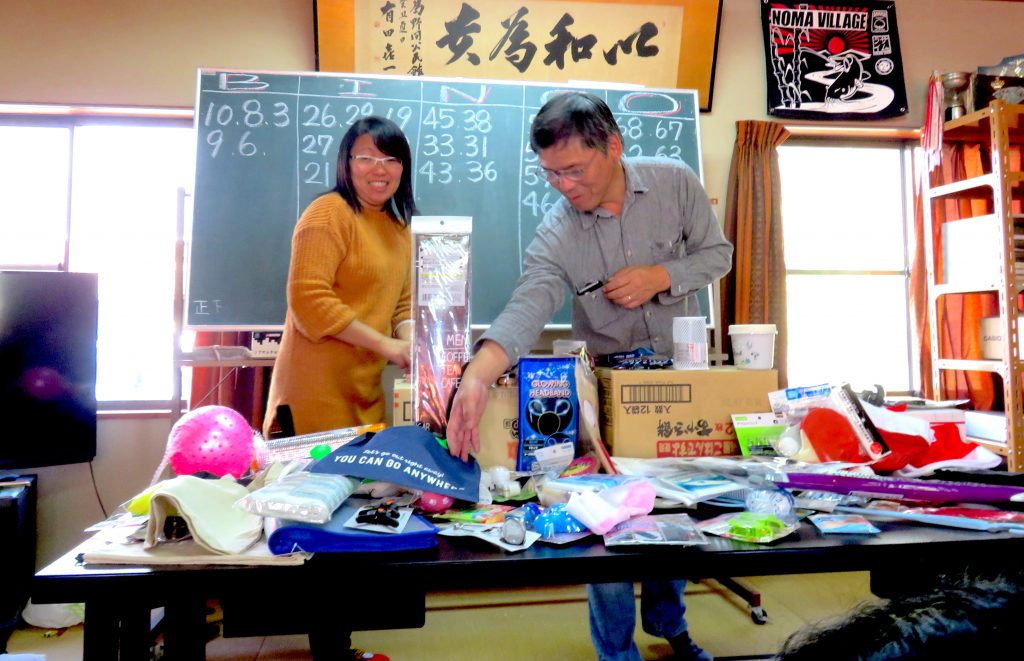




Life In Japan: Koban
The Koban is the heart of community policing in Japan.
Remember community policing? Yes, it was a big buzzword in the U.S. during the 90s, a decade that featured a brutal police beating of Rodney King, an unarmed black man, which sparked riots in Los Angeles. The idea was to have policemen be participating members of a neighborhood, an integral part of community life. This would promote good relations between citizens and the men in uniform, acquaint the police with the citizens and unique activities of the people living near the community policing stations, giving them first-hand familiarity with the “players” there, good and bad. People would see police as humans just like them, police would experience citizens on a personal level. Moreover, if there were a problem requiring their attention, the police would be in the vicinity right on the scene.
It turned out to be more of a PR stunt in most cities in the U.S. and the approach finally buckled under the tensions it created, fueled by suspicion, lack of real trust, the sense that the cops weren’t there to help but to spy on the locals, using their insertion in the locale to better subject the everyday citizens to the strong-arm tactics and “establishment” bullying law enforcement is often rightly accused of.
Community policing is not just a PR campaign here in Japan. It’s a reality. If there’s a problem and it’s not an emergency, you turn to the officers at the local Koban to get help. They truly are members of the community, living in the housing usually at the rear of the building, often with their own families.
There are a number of these in my home town here, and thousands all across Japan. Even in the big cities. I’ve seen them in Osaka and Tokyo.
Let me tell a story to see how this approach actually functions here. And please understand that I’m not trying to portray myself as some hero. What I did in this situation is exactly what 99.999% of all of the folks living here would do.
Masumi and I were on our way to a nearby town, if I recall, to visit her mom. It was a nasty day, rainy and windy, visibility was poor. I was driving. We approached an intersection and as I slowed down, I looked out the side window of her Mazda. This is what I saw.
Obviously, that was not the woman. I Photoshopped the pic to illustrate what happened.
I immediately braked, signaled to the car behind me to stop. Then I went over to the body laying in the road.
It was an elderly lady, probably in her 80s, and she was conscious, laying exactly as you see in the above pic, just staring straight into to cold, wet pavement.
The man in the car which was following me came over. We talked to the lady and helped her to her feet. She was fine. Just confused and lost.
There was a Koban not more than 100 meters away, around the corner of the intersection.
We walked the lady there, sat her down. The police officer on duty got a blanket, probably one of his own from the private quarters, and it greatly helped the lady warm up. It was a cold, miserable day.
Before I go on, let me show you the tiny strip on this narrow street where she was laying.
It was a miracle she wasn’t run over! As I already mentioned, the day this happened was gray and cloudy, it was raining, visibility was very poor. And this is a well-traveled road. To make things even more precarious, she was dressed in a long overcoat a color that almost matched to pavement.
The police officer tried to get some basic information from her. Sadly, I think she was a victim of severe dementia. But . . . because he was right there in the community, he knew exactly who to call. Yes, there’s a nursing home nearby. One phone call later, the staff at the nursing home confirmed a lady fitting her description was missing. They sent someone over and took her back to the comfort of her residential care facility.
See how easy this works? No calls to central headquarters, checking databases for missing persons, trying to piece together a narrative to explain and identify this lost woman. Being right there in the neighborhood cuts through a lot of red tape and guesswork.
The officer interviewed Masumi and I, as well as the other driver, got all the details, filled out the requisite paperwork — Japanese love paperwork! — and thanked us for our service. He was very professional. It was obvious he took his job seriously and liked his work.
Community policing works. Especially if the police are dedicated and honest.